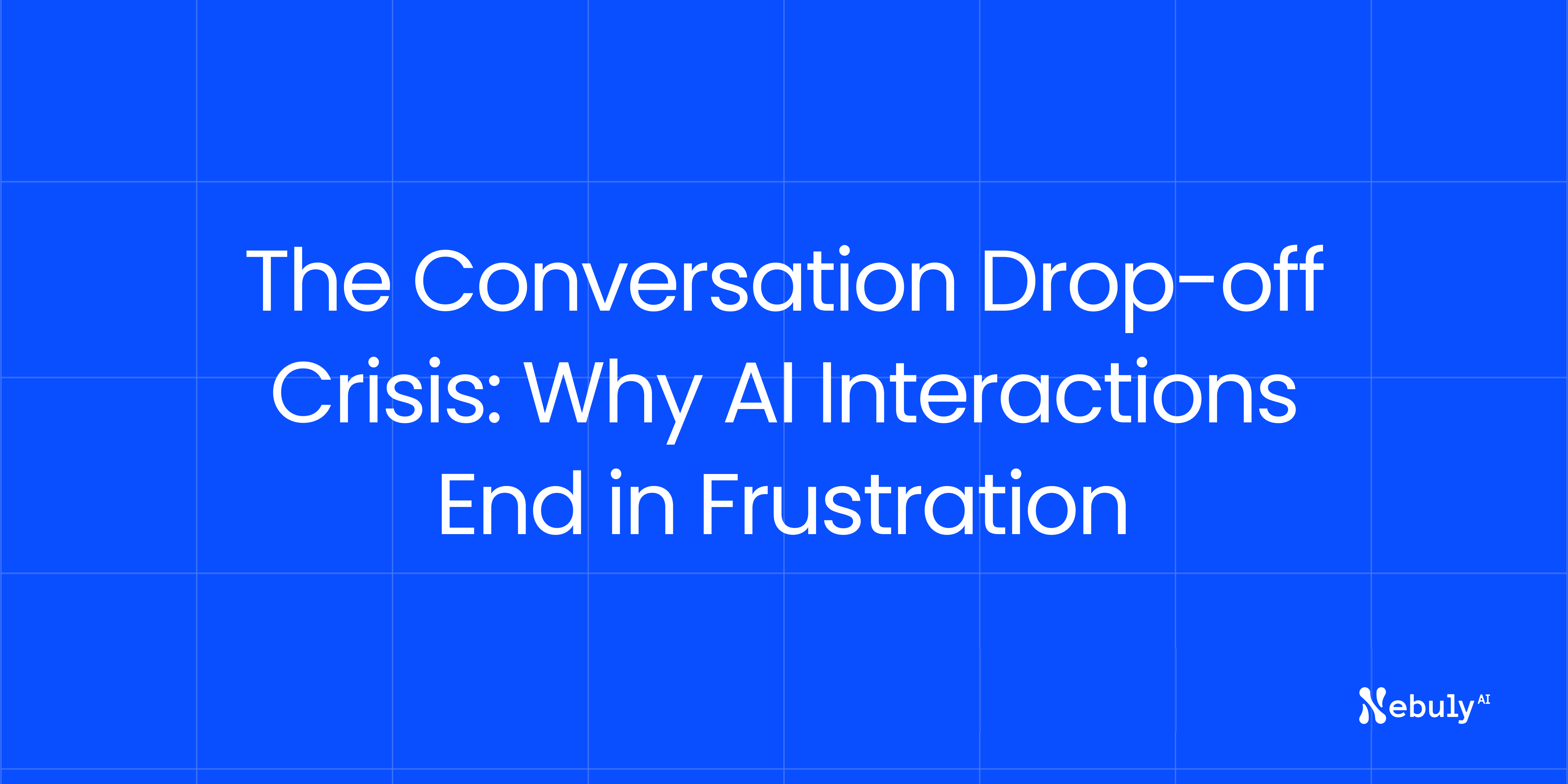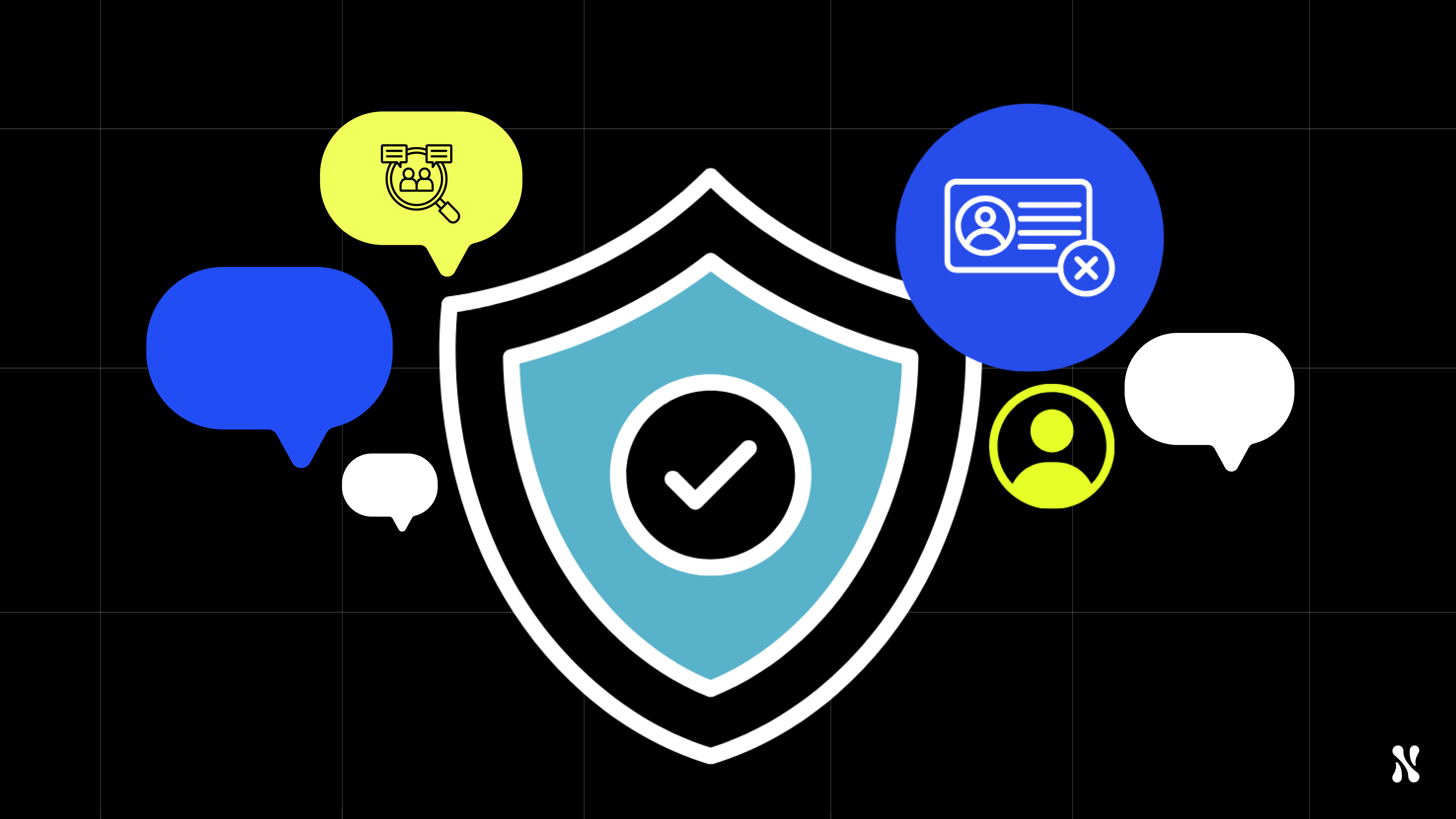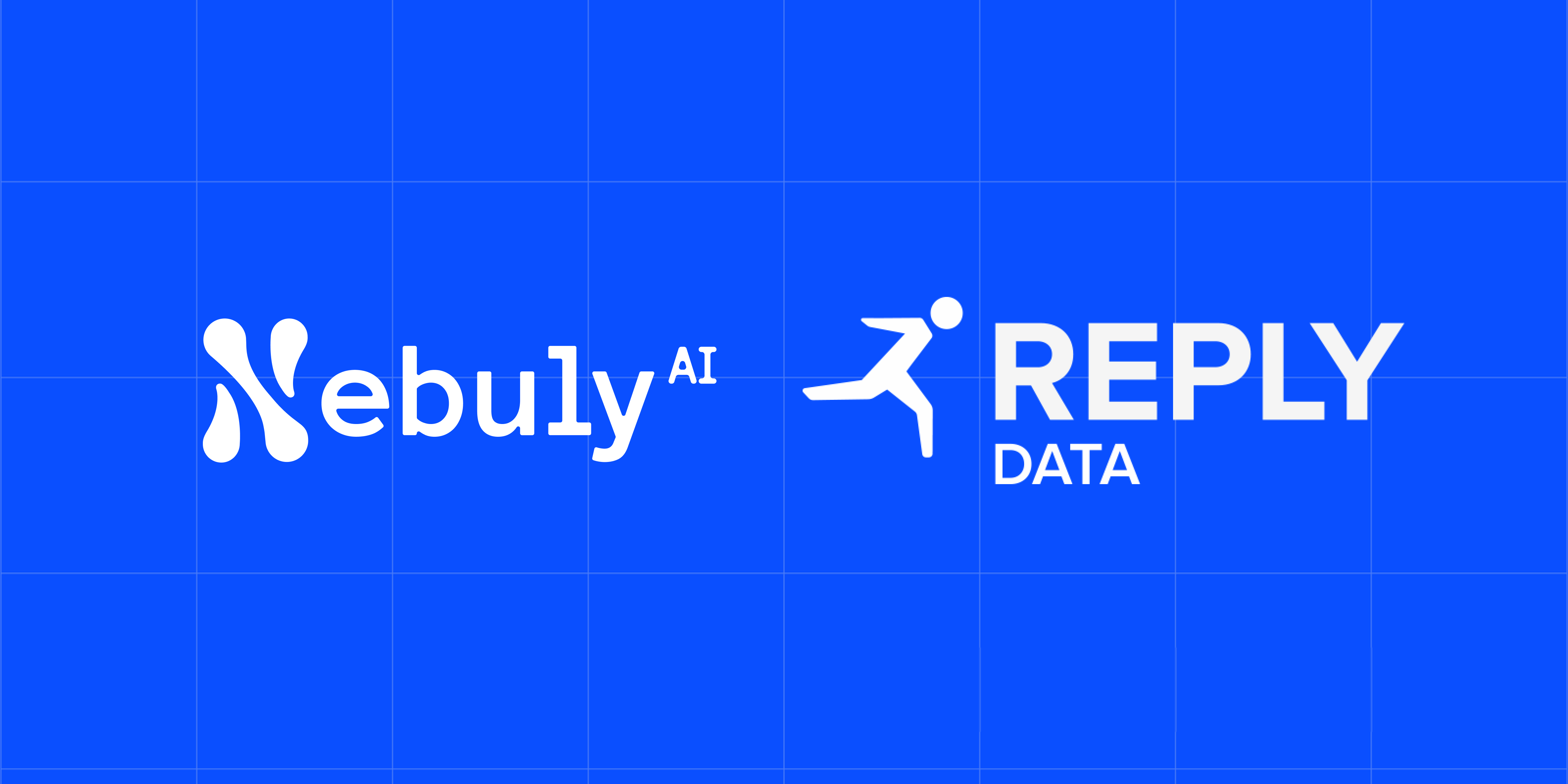Your AI assistant is technically perfect. It responds in milliseconds, generates accurate answers, and handles thousands of concurrent users. But there's a hidden problem: most conversations are ending before users get what they need.
Industry research reveals a troubling pattern. Many AI conversations end prematurely, with users abandoning interactions after just 2-3 dialogue turns. Unlike traditional software where users might retry failed actions, frustrated AI users simply walk away.
This isn't a technical problem. It's a human problem. And solving it requires understanding conversation patterns that traditional analytics completely miss.
The Hidden Failure Mode
When "Success" Masks Failure
Traditional AI metrics paint a rosy picture:
- ✅ 99.9% uptime (System is always available)
- ✅ 200ms average latency (Lightning-fast responses)
- ✅ 95% accuracy (Nearly perfect technical performance)
- ✅ 10,000 daily interactions (High usage volume)
But these metrics miss the human reality. Consider this common scenario:
User: "Help me understand why my account was charged twice"
AI: "I can help you with account information. Your current balance is $150.42. Would you like to see recent transactions?"
User: "That doesn't answer my question about the double charge"
AI: "I understand you're asking about charges. Here are the types of fees that might appear on your account..."
User: Abandons conversation
Technically successful. Humanly frustrating. Zero value delivered.
The Dialogue Turn Phenomenon
Research shows that conversation success correlates strongly with dialogue turn patterns:
- Turn 1-2: Users state their need, AI responds
- Turn 3-4: Critical juncture where either problem gets resolved or user frustration builds
- Turn 5+: If users are still engaged, satisfaction rates drop significantly
Most AI systems are optimized for first response accuracy, but the real challenge happens in turns 3-4 when conversations get complex, contextual, and nuanced.
Understanding AI Product Analytics helps identify these critical conversation moments.
Mapping the Drop-off Patterns
The Five Failure Points
Advanced conversation analysis reveals five common drop-off patterns:
1. Intent Mismatch
- AI misunderstands user's actual goal
- Provides accurate information that's irrelevant
- User realizes AI "doesn't get it" and leaves
2. Complexity Overwhelm
- AI provides too much information at once
- User gets lost in verbose responses
- Cognitive overload leads to abandonment
3. Context Loss
- AI loses track of conversation history
- Asks user to repeat previously provided information
- Breaks the natural flow of dialogue
4. Scope Limitation
- User hits the boundary of AI capabilities
- AI doesn't gracefully handle out-of-scope requests
- User feels blocked with no alternative path
5. Trust Erosion
- AI provides inconsistent or contradictory responses
- User loses confidence in AI reliability
- Permanent damage to user relationship
The Conversation Flow Analysis
Unlike web analytics' linear funnels, AI conversations follow complex, branching patterns. Successful conversations typically show:
Successful Flow Patterns:
- Quick intent recognition (Turn 1-2)
- Focused, relevant responses (Turn 3-4)
- Confirmation of user satisfaction (Turn 5+)
- Natural conversation closure
Drop-off Warning Signals:
- Repeated clarifying questions from users
- Increasing response length from AI
- User sentiment degradation over turns
- Multiple topic changes within single conversation
The Business Impact of Drop-offs
Hidden Costs of Conversation Failure
Organizations often focus on AI implementation costs while ignoring the hidden costs of poor conversation experiences:
Direct Costs:
- Support escalation: Failed AI conversations become human support tickets
- User acquisition: Failed conversations reduce likelihood of return usage
- Brand damage: Poor AI experiences affect overall brand perception
Opportunity Costs:
- Lost automation value: Each failed conversation represents missed efficiency gains
- Data quality: Incomplete conversations provide poor training data for AI improvement
- Competitive disadvantage: Better conversation experiences become market differentiators
ROI of Conversation Optimization
Organizations that address conversation drop-offs see measurable improvements. Better conversation design reduces support ticket volume. Higher user retention rates improve adoption metrics. Successful task completion drives user satisfaction scores higher.
The key insight: fixing conversation drop-offs delivers more business value than optimizing response accuracy.
Learn how to measure business value from GenAI products.
Technology Solutions for Drop-off Prevention
Real-Time Conversation Intelligence
Preventing drop-offs requires understanding conversation dynamics as they happen. This demands:
Intent Tracking Throughout Conversations:
- Monitor how user intent evolves during dialogue
- Detect when AI responses don't align with user goals
- Automatically adjust conversation strategy mid-stream
Sentiment Monitoring:
- Track user frustration signals in real-time
- Identify satisfaction degradation before users abandon
- Trigger intervention strategies when needed
Flow Pattern Recognition:
- Compare current conversations to successful historical patterns
- Predict drop-off likelihood based on conversation structure
- Suggest optimization strategies for struggling interactions
Proactive Intervention Strategies
Advanced systems don't just detect problems. They actively prevent drop-offs:
Dynamic Response Adjustment:
- Shorten responses when users show overwhelm signals
- Increase context references when users seem lost
- Adjust tone and complexity based on user expertise level
Graceful Failure Handling:
- Recognize scope limitations before users get frustrated
- Provide clear alternative paths when AI can't help
- Seamlessly escalate to human support when appropriate
Conversation Recovery:
- Detect when conversations go off-track
- Automatically redirect toward user's original intent
- Confirm understanding before proceeding with solutions
Building Drop-off Prevention Capabilities
The Measurement Infrastructure
Addressing conversation drop-offs requires sophisticated analytics infrastructure:
Conversation Flow Mapping:
- Visualize dialogue patterns across user segments
- Identify common paths to success and failure
- Benchmark conversation performance over time
Turn-by-Turn Analysis:
- Measure user engagement at each dialogue turn
- Track sentiment progression throughout conversations
- Correlate conversation structure with satisfaction outcomes
Predictive Drop-off Models:
- Use machine learning to predict conversation failure
- Identify high-risk conversations before they fail
- Enable proactive intervention strategies
The Optimization Process
1. Baseline Measurement
- Map current conversation success and failure patterns
- Identify highest-impact drop-off points
- Establish success metrics and targets
2. Pattern Analysis
- Compare successful vs failed conversation structures
- Identify design principles for better dialogue flow
- Develop conversation templates based on success patterns
3. Iterative Improvement
- A/B test different conversation approaches
- Monitor impact on drop-off rates and user satisfaction
- Continuously refine based on user behavior insights
4. Cross-functional Collaboration
- Share insights with AI development teams
- Align conversation optimization with business goals
- Train support teams on common failure patterns
The Future of Conversation Design
From Reactive to Proactive
The next generation of AI systems will prevent drop-offs before they happen through:
Adaptive Conversation Design:
- AI that adjusts its communication style based on user behavior
- Dynamic conversation flows that optimize for user success
- Personalized interaction patterns based on user history
Predictive User Experience:
- Systems that anticipate user needs before they're expressed
- Proactive clarification when intent is unclear
- Intelligent conversation routing based on complexity assessment
Human-AI Collaboration:
- Seamless handoffs to human agents when beneficial
- AI that knows when to stop trying and escalate gracefully
- Hybrid experiences that combine AI efficiency with human empathy
The Conversation Revolution
Understanding conversation drop-offs is the key to unlocking AI's true potential. Organizations that master conversation flow analysis will build AI products that users actually want to use, instead of systems that work technically.
The companies winning in the AI era aren't those with the most accurate models. They're the ones creating the most satisfying, successful, and human-centered conversation experiences.
The conversation drop-off crisis is solvable. But it requires measuring what matters: human success over technical performance.
Ready to analyze your conversation drop-off patterns? Discover how leading organizations use conversation flow analytics to build AI experiences users love. Book a demo today






